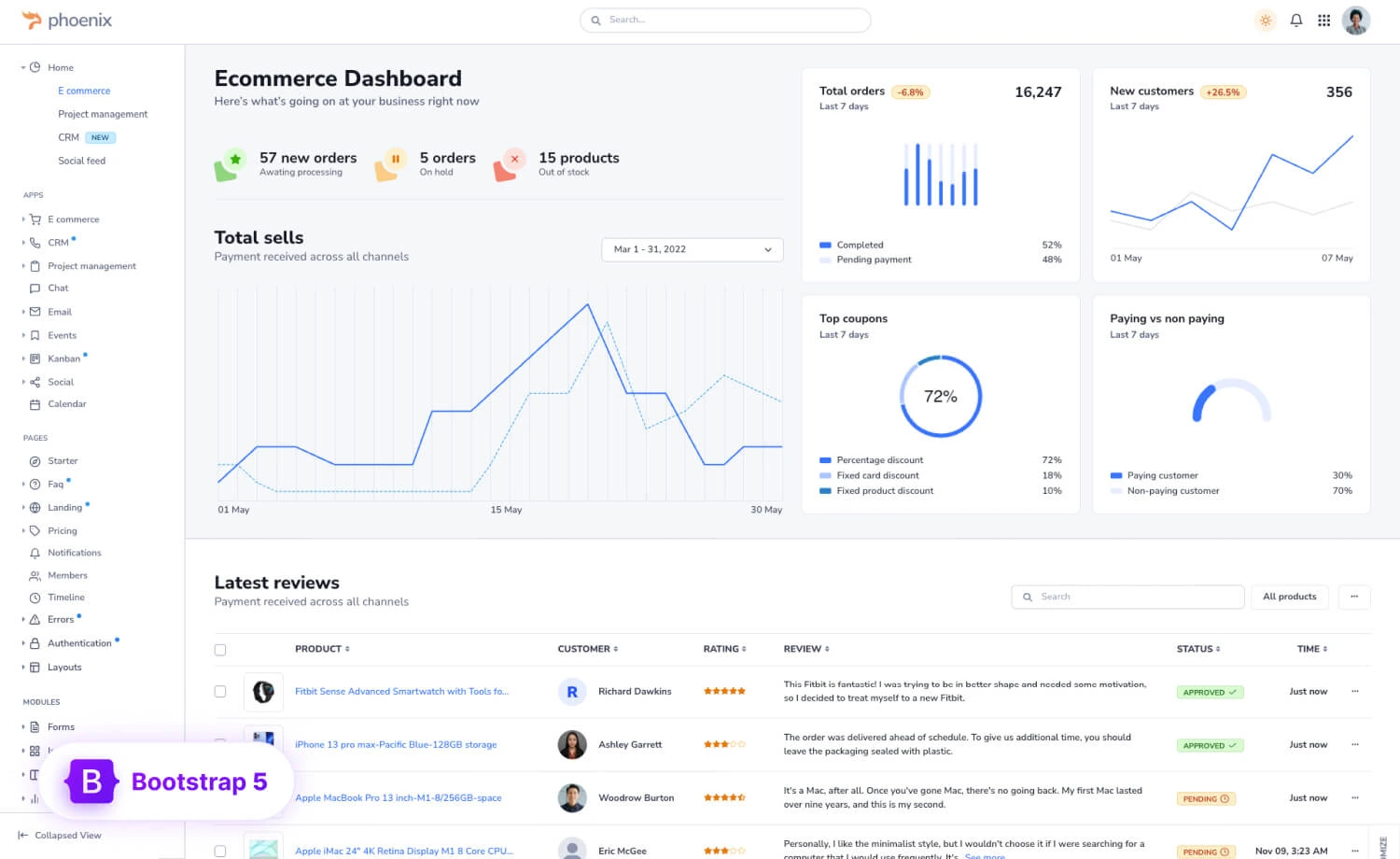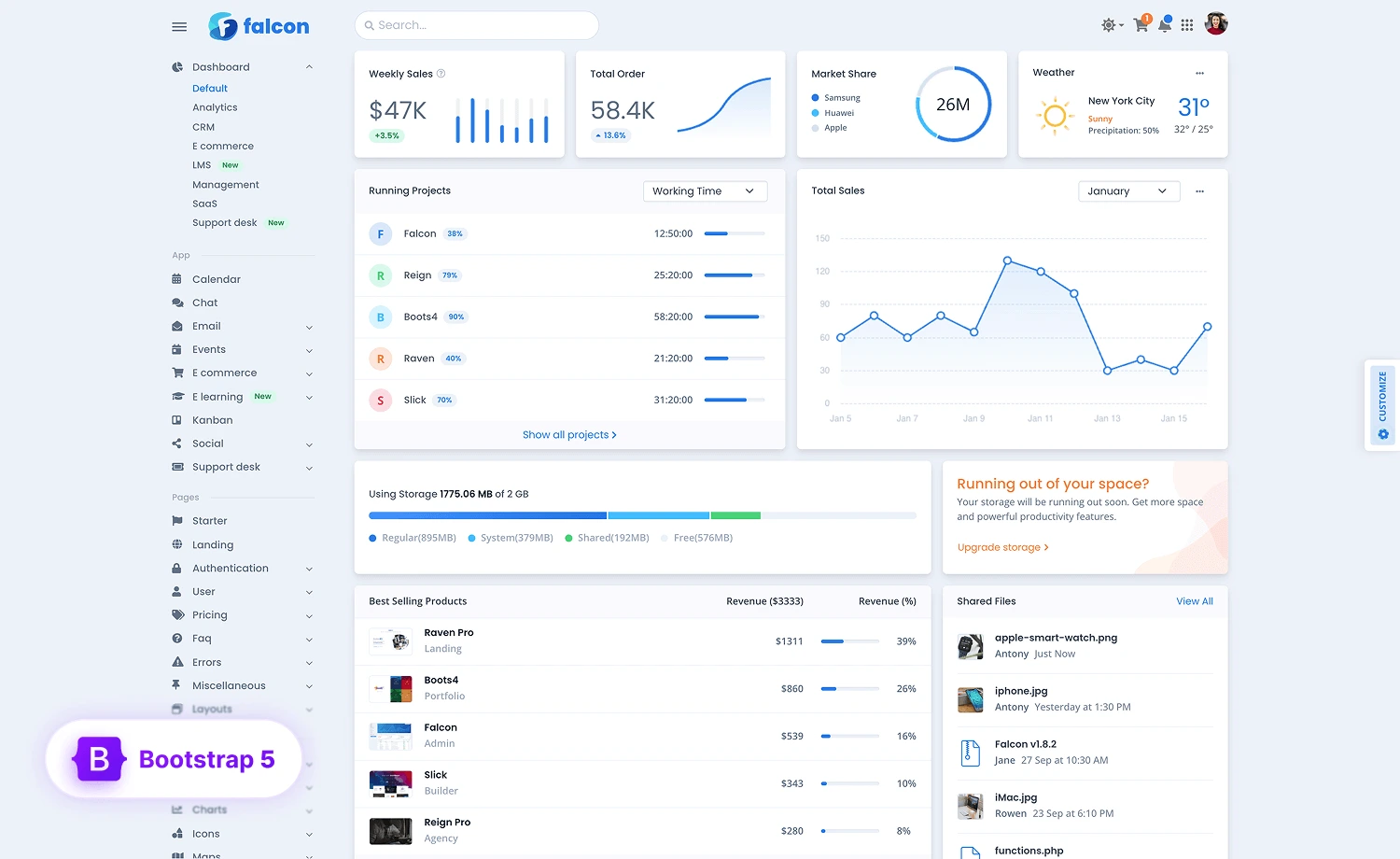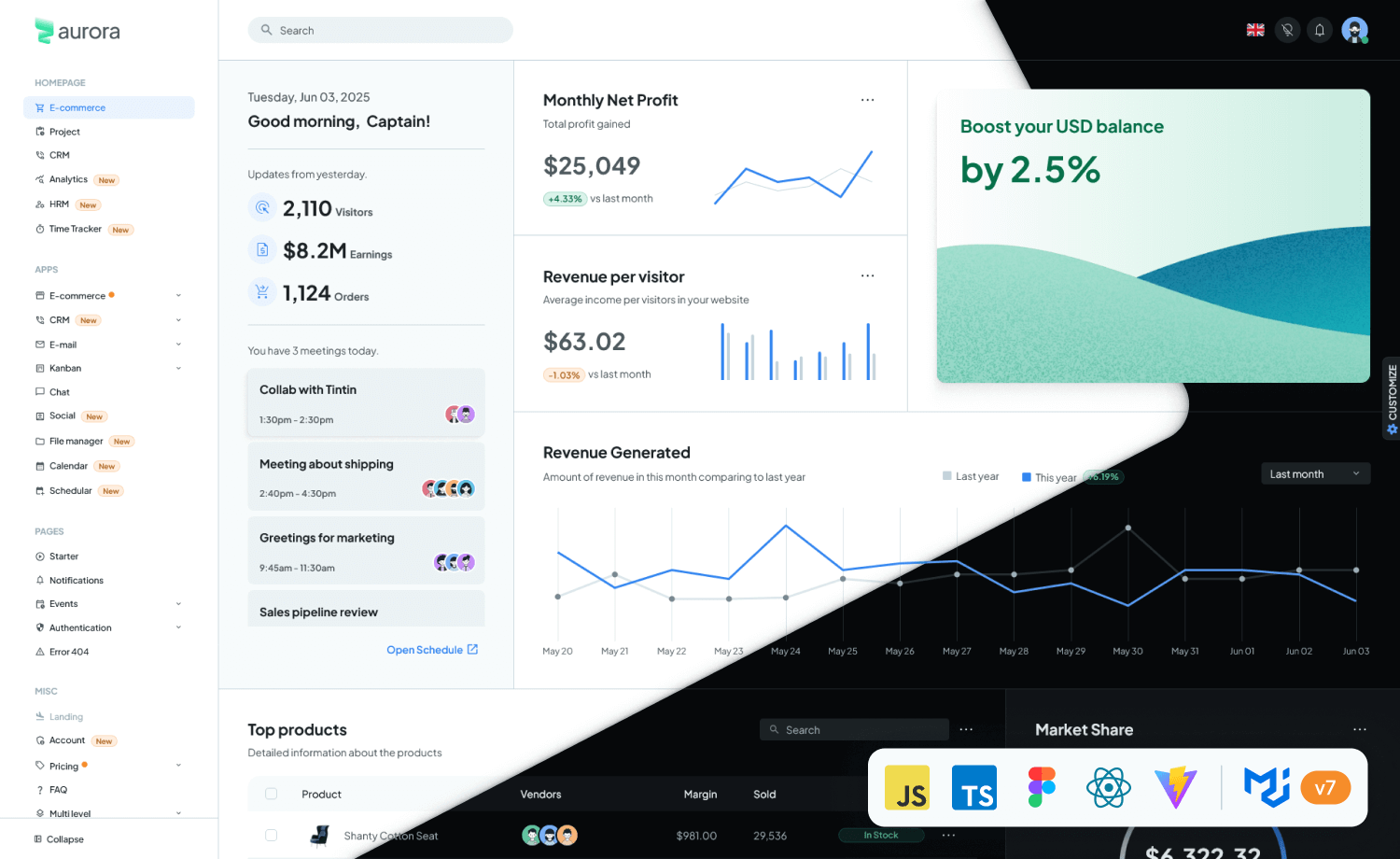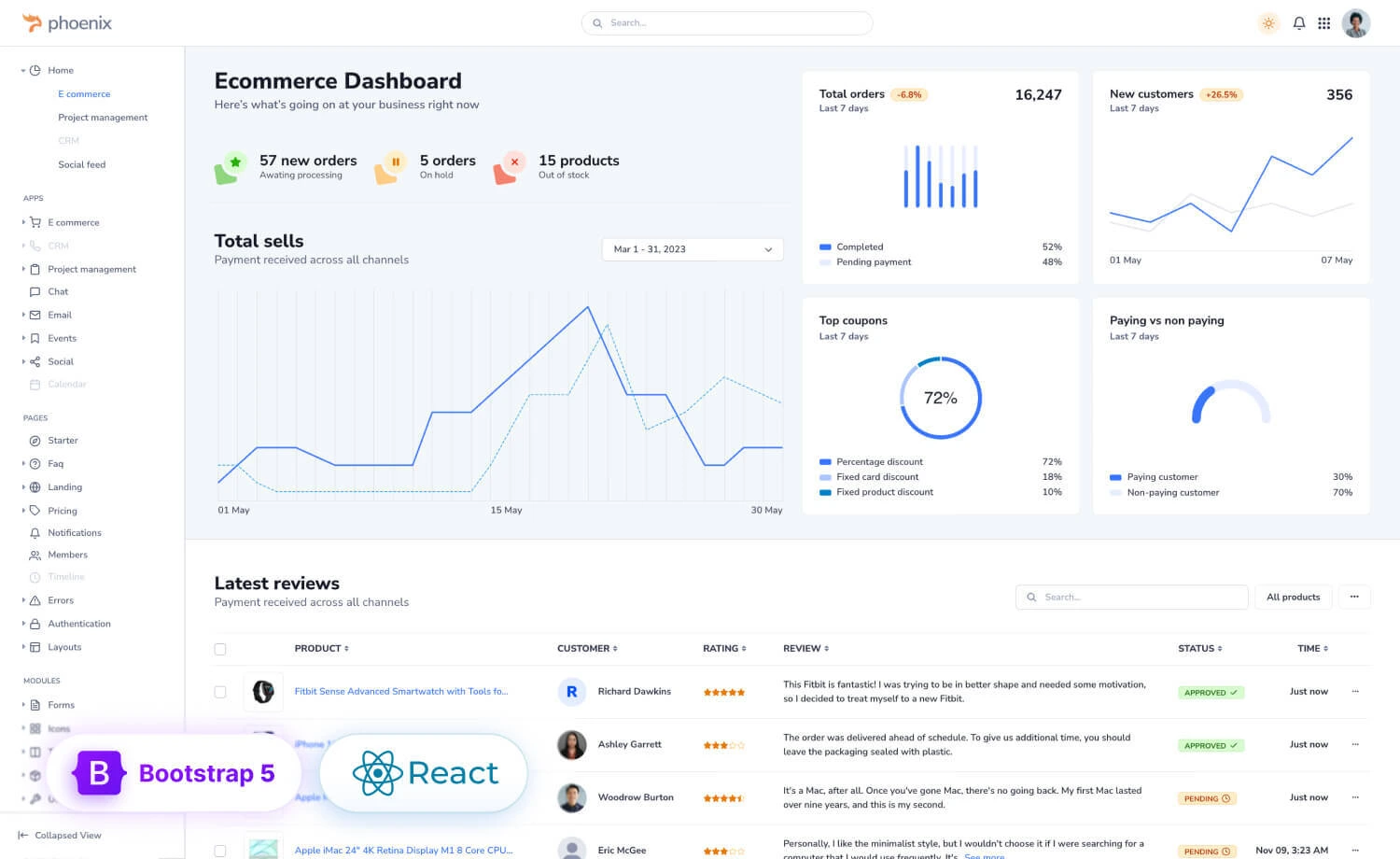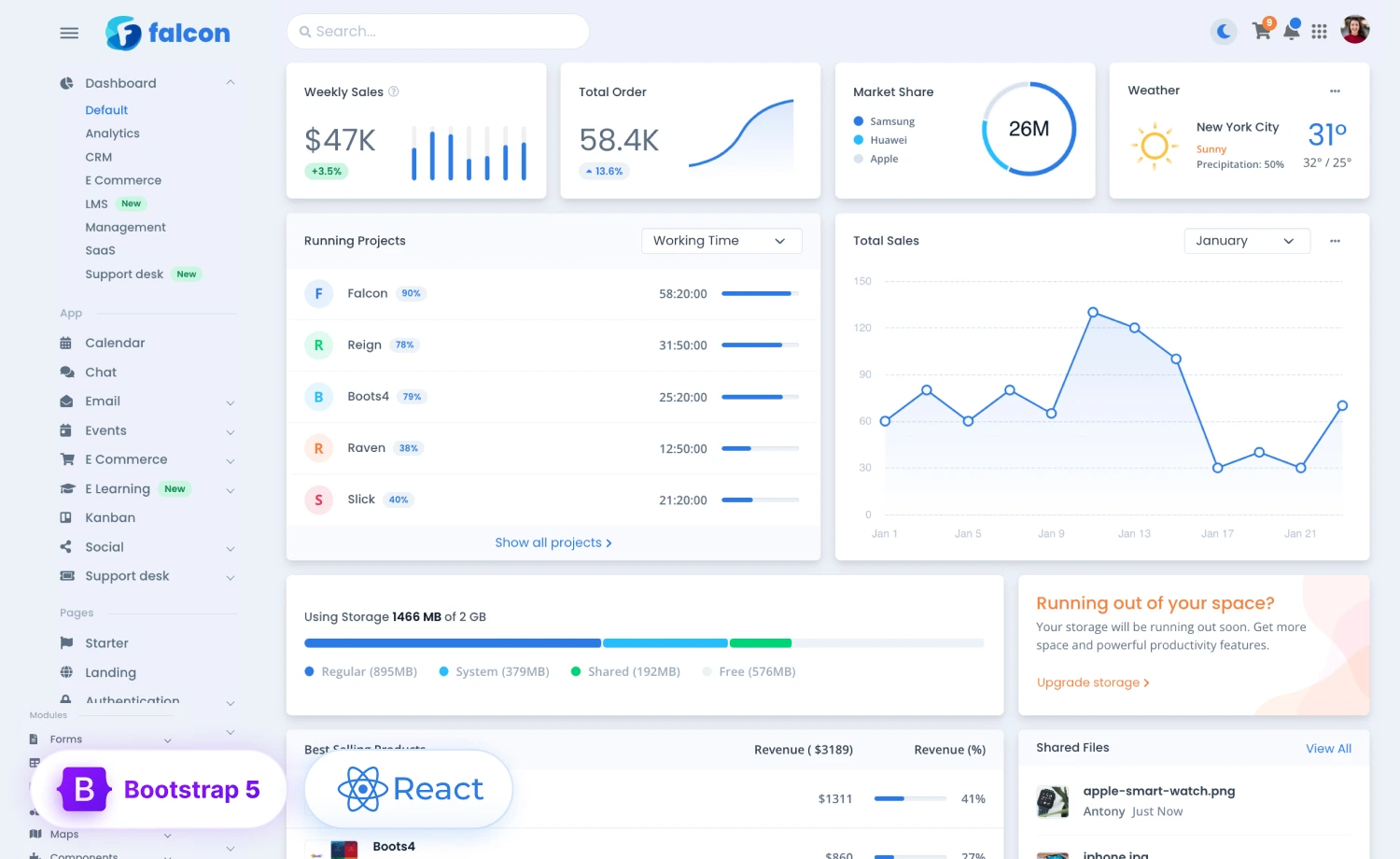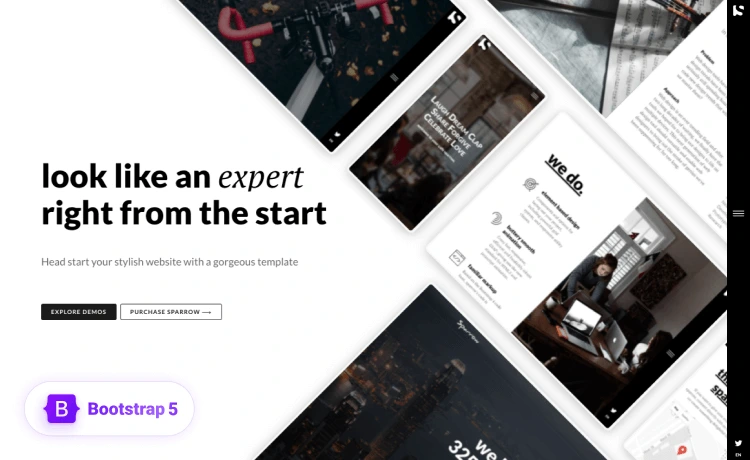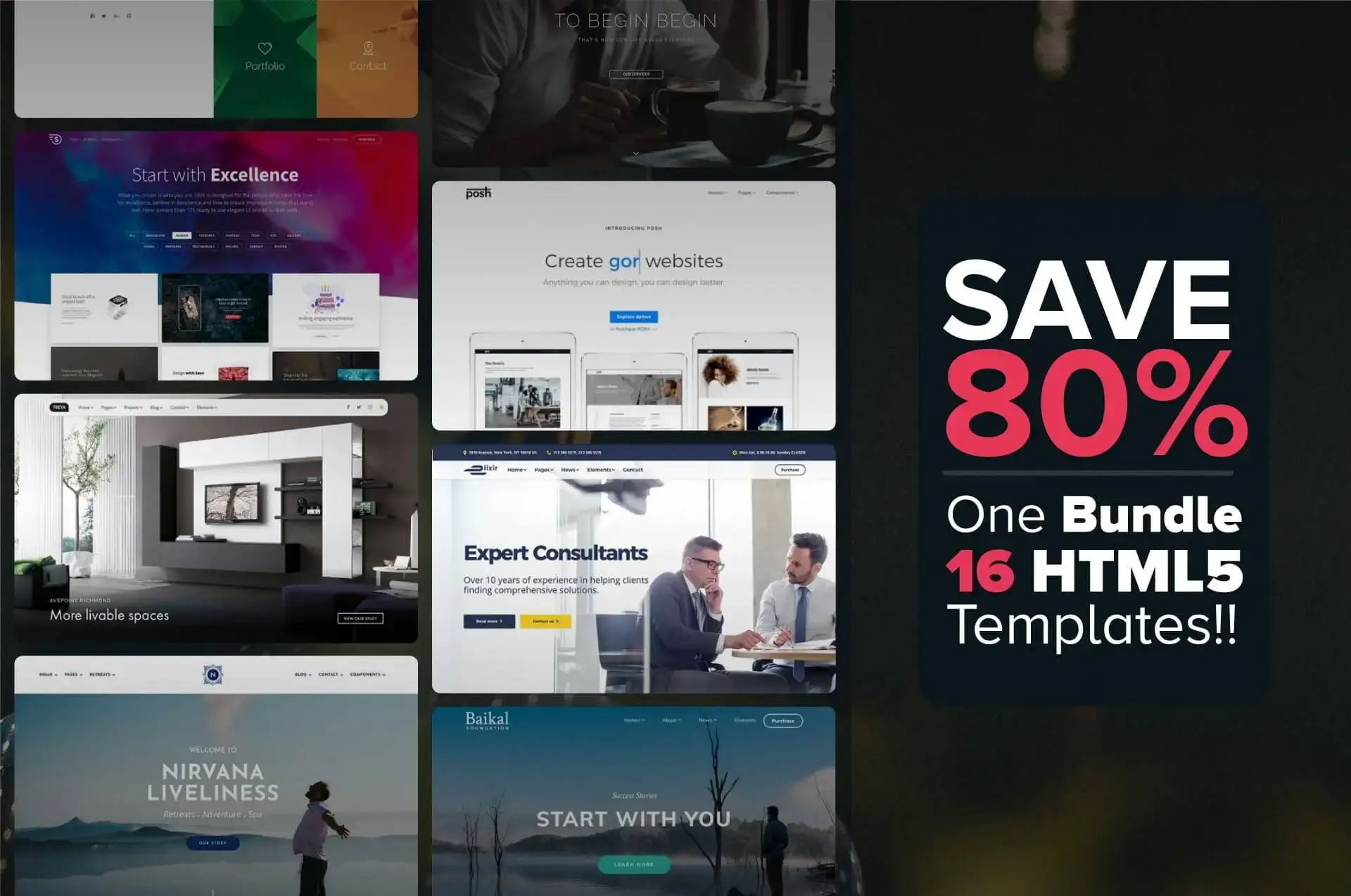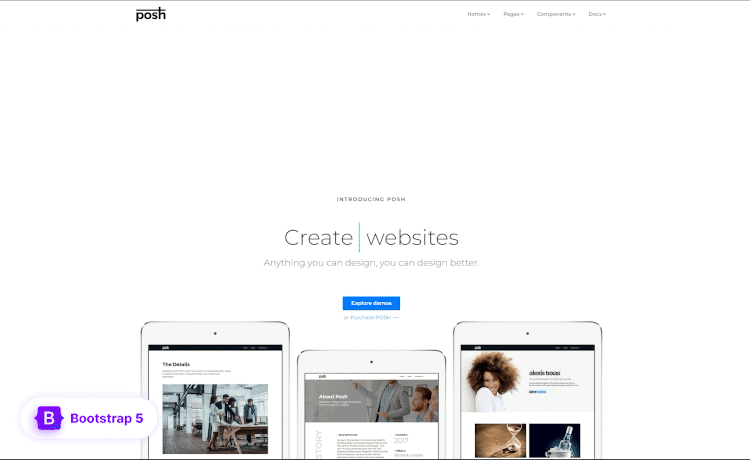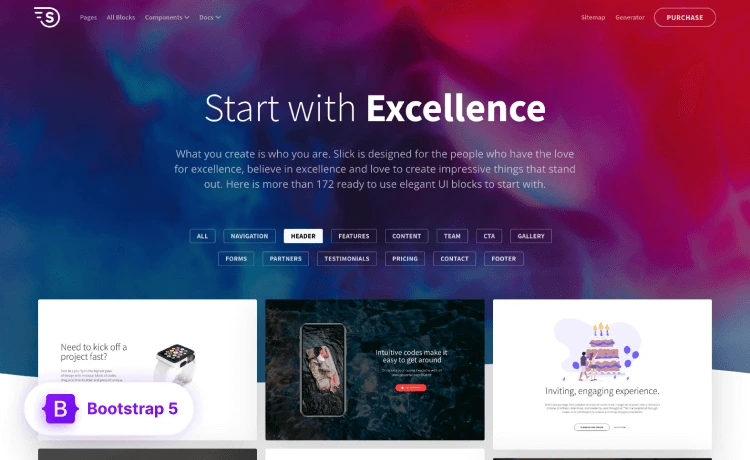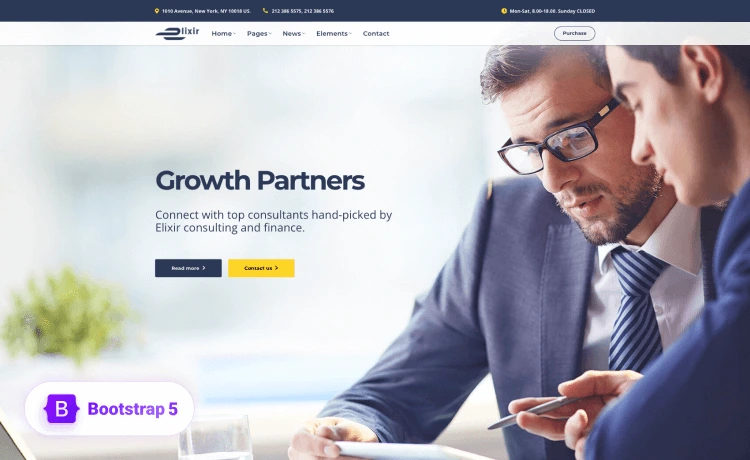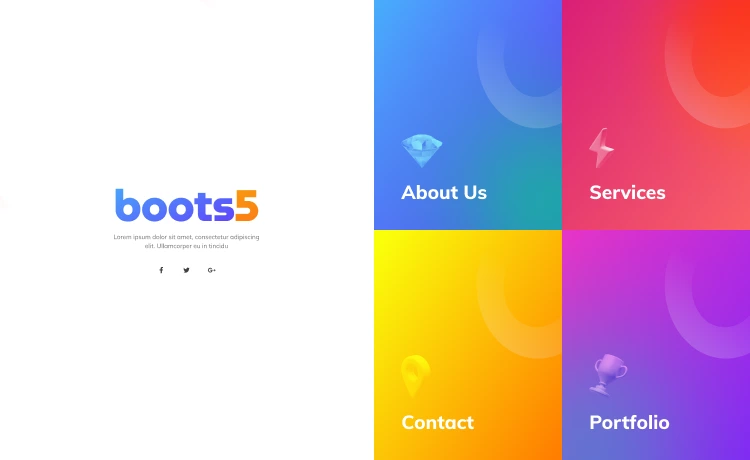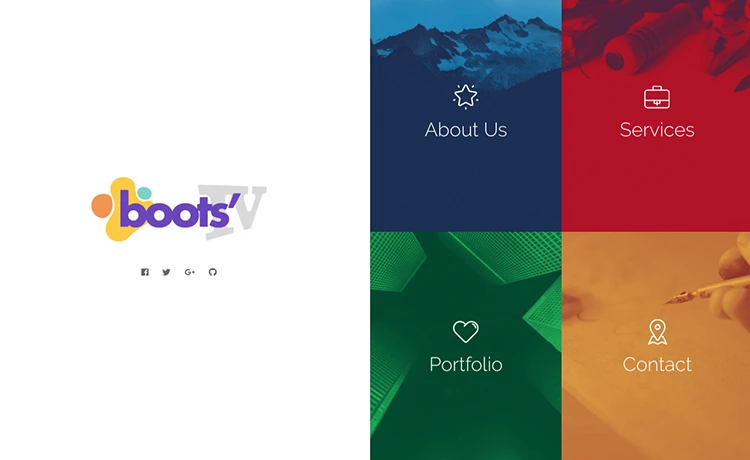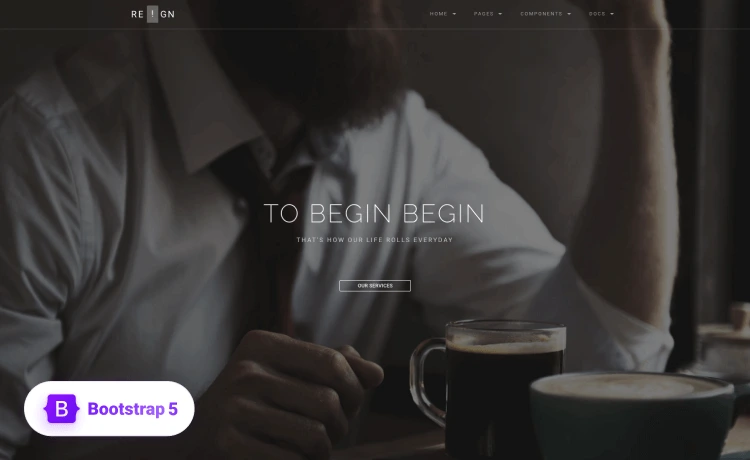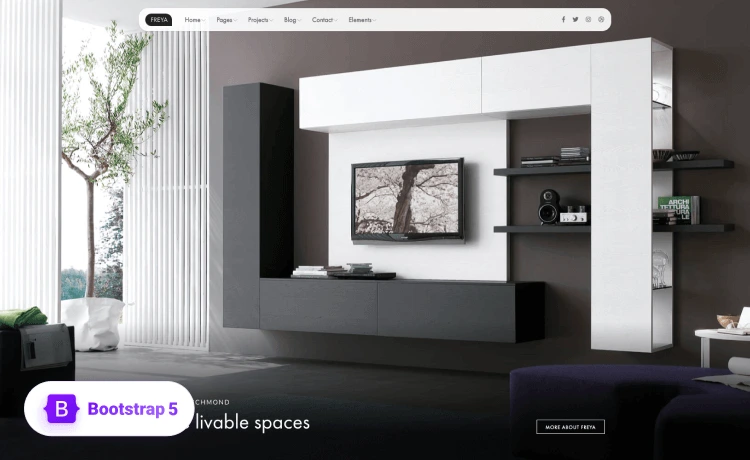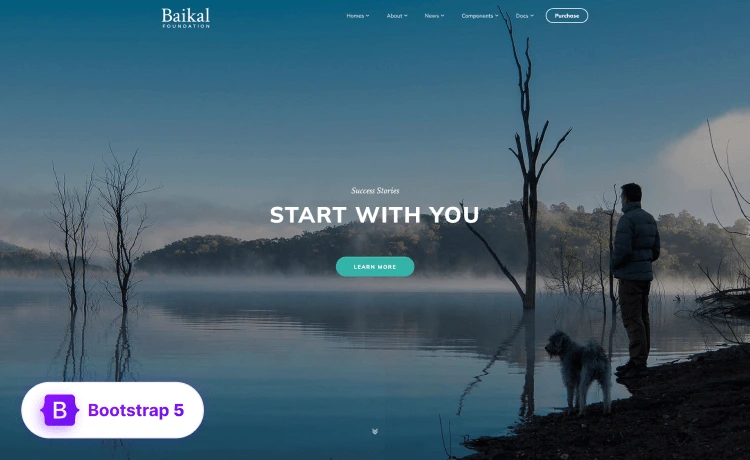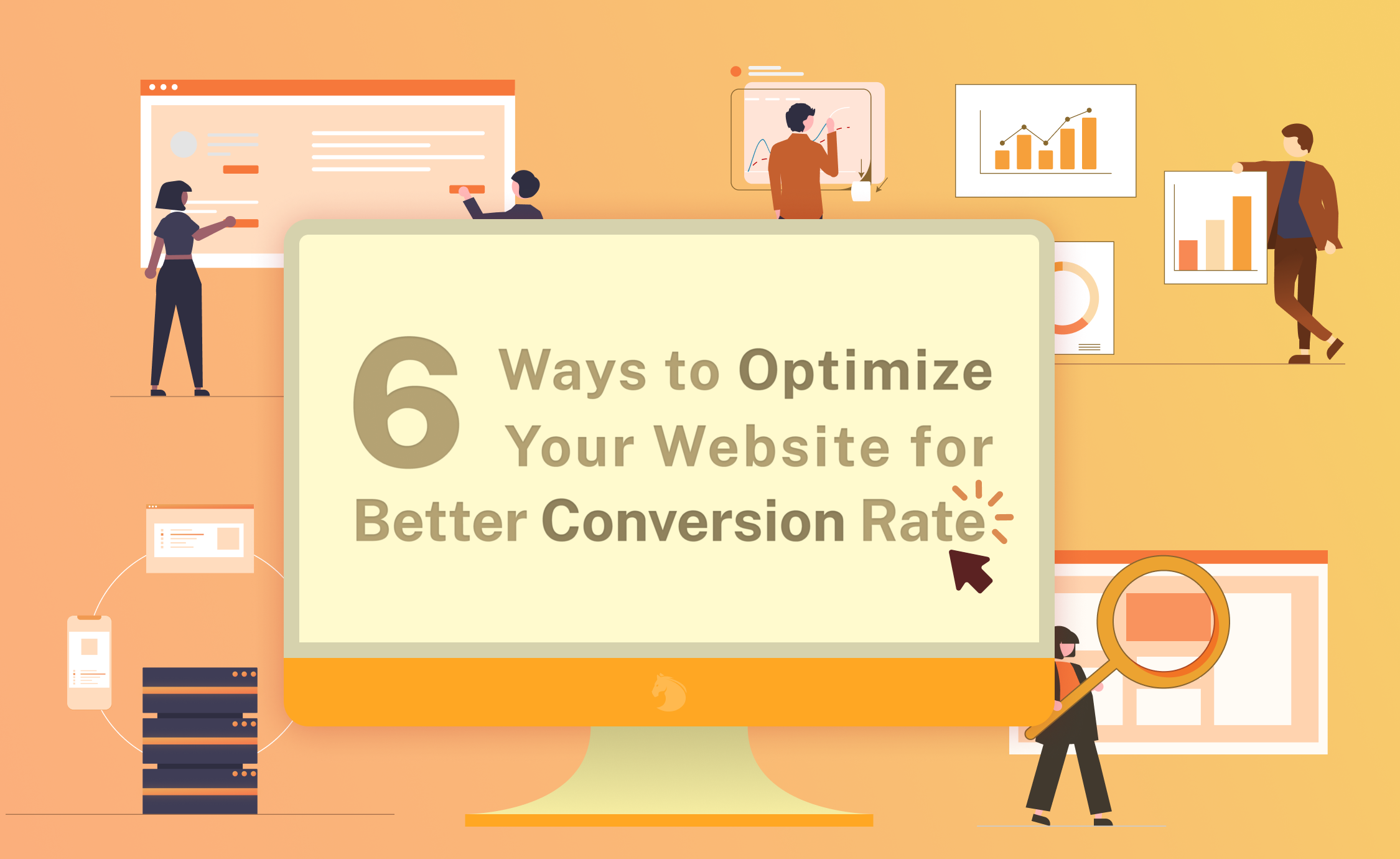
Website optimization is a great technique that works in favor of reducing costs and efforts and increasing efficiency. Whatever the project is, a good optimization might help you yield more profit and better results.
It is valid even if you deal with an online platform where you need more engagement on-page. There’s a latent possibility of more bounce-offs if you haven’t optimized it to create a first-grade user experience. Moreover, a website that is optimized in various ways i.e. is made SEO-friendly and converts users into potential buyers, is a must for your growth in this competitive era.
In this article, we will try to briefly explain the optimization, how it impacts the total site, the components to focus on for the optimization and some tools for optimization. It is an experimental, impact-driven strategy aiming to improve your site performance overall so that it becomes easy to navigate through the page. This results in reduced bounce-offs and increased engagement on-site.
What is Website Optimization?
Website optimization is, as you understand, taking a website to the optimum phase through controlled experimentation to improve its ability to drive business goals. It ensures the site’s visibility in search engine queries. You can avoid getting poor engagement if you can offer your clients a seamless web experience, which this can achieve.
Why is it important?
Website optimization can benefit you in many ways. You can always benefit from an optimized website in numerous ways that enhances your business growth. Some much-expected benefits are as follows:
- Firstly, an optimized website will undoubtedly get you more traffic, as it makes it more visible to your customers.
- Increased traffic naturally means increased potential leads for conversion, which results in increased revenue.
- Website optimization also leads to improved brand awareness and brand visibility, as increased traffic gives you more opportunities to showcase your brand and bring in more relevant customers.
- By optimizing your website, you’ll be able to improve your brand reputation as you’ll have a consistent people-first experience on your website.
- You’ll be able to future-proof your website as you optimize as you’ll be less prone to possible legal accessibility issues with regular accessibility audits.
Introducing Conversion Rate and Its Importance
Conversion rate is the metric for most businesses to use as a Key Performance Indicator (KPI). It’s calculated by dividing the number of conversions by the number of total ad interactions tracked to a conversion during the same time period.
If you’re an owner, you’ll need to know how far you have come with your products and services and how many people are aware of them. Conversion rate helps you in these areas. It allows you to know all the sales details. Thus, it allows you to decide where you will put your efforts and focus so that they do not go in vain, helping you decide precisely through product positioning and design to introduce potential customers to them.
Website Optimization Affects Conversion Rate
Any optimized website will be mobile-first, user-friendly and page-speed optimized and hence helps in boosting the conversion rate. An optimized website means quicker page loading time and better engagement. This also ensures enhanced user behavior as websites are often optimized using neuro design.
The website gets more assistance ranking higher on search engine queries and becomes more visible in the results. This is crucial to get a better conversion, and you’ll be able to convert them into potential customers.
6 Areas of Website Optimization to Work On
Website optimization makes the website more impactful for business purposes and customer prerequisites. Some crucial elements you might want to work on include the following:
1. Search Engine Optimization
Search engine optimization is the bare minimum you can do to improve your business. This helps as users trust organic results more than the advertised ones. The first step towards it is ensuring that Google correctly indexes all pages while not leaving any inherent SEO issues unsolved.
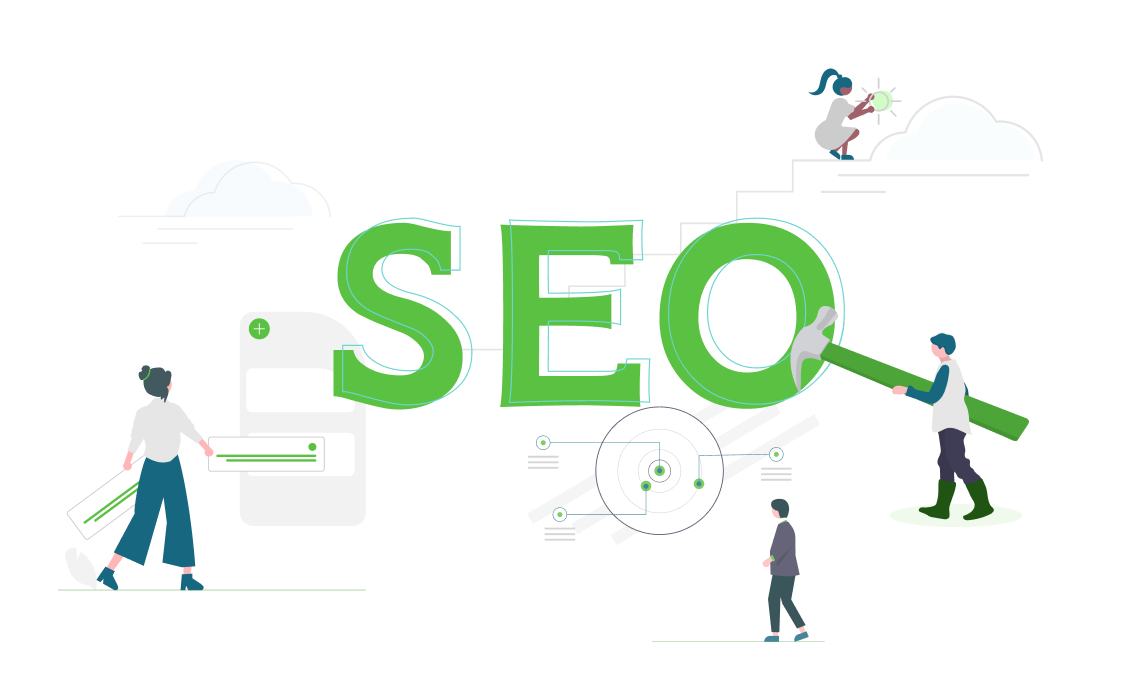
You can use Google Search Console for this purpose and get a real insight into what needs to be done. There is actually a lot to get into while covering SEO, you can get some ideas from these blogs we published earlier:
- SEM or SEO or Both – A Detailed Guide
- Top 20 WordPress SEO Tips to Improve Ranking
- How Optimized HTML Website Template is Important for Your Site SEO
What’s more, you can outsource your Search Engine Optimization from many SEO service providers. For instance, SEO company Primelis provides significant solutions to SEO and other related services.
Pro tip for SEO companies: To provide your clients with a comprehensive website SEO audit and monitoring, you can use White Label SEO Tool by Sitechecker.
2. Page Speed Optimization
Slower page speed is one of the main reasons for the increased bounce rate. Google research shows a 32% increase in bounce rate happens when a page loading time gets to 3 seconds rather than one.
Page speed is a Google Ranking Factor that makes or breaks the website and influences the conversion rate. So before you take any step further, you better identify the reasons behind a slow speed. You can always opt for google tools to start. You can check out the PageSpeed Insights Tool to get the details of your page speed. This page speed test report will tell you everything you’ll need to know about things hindering your page loading speed.
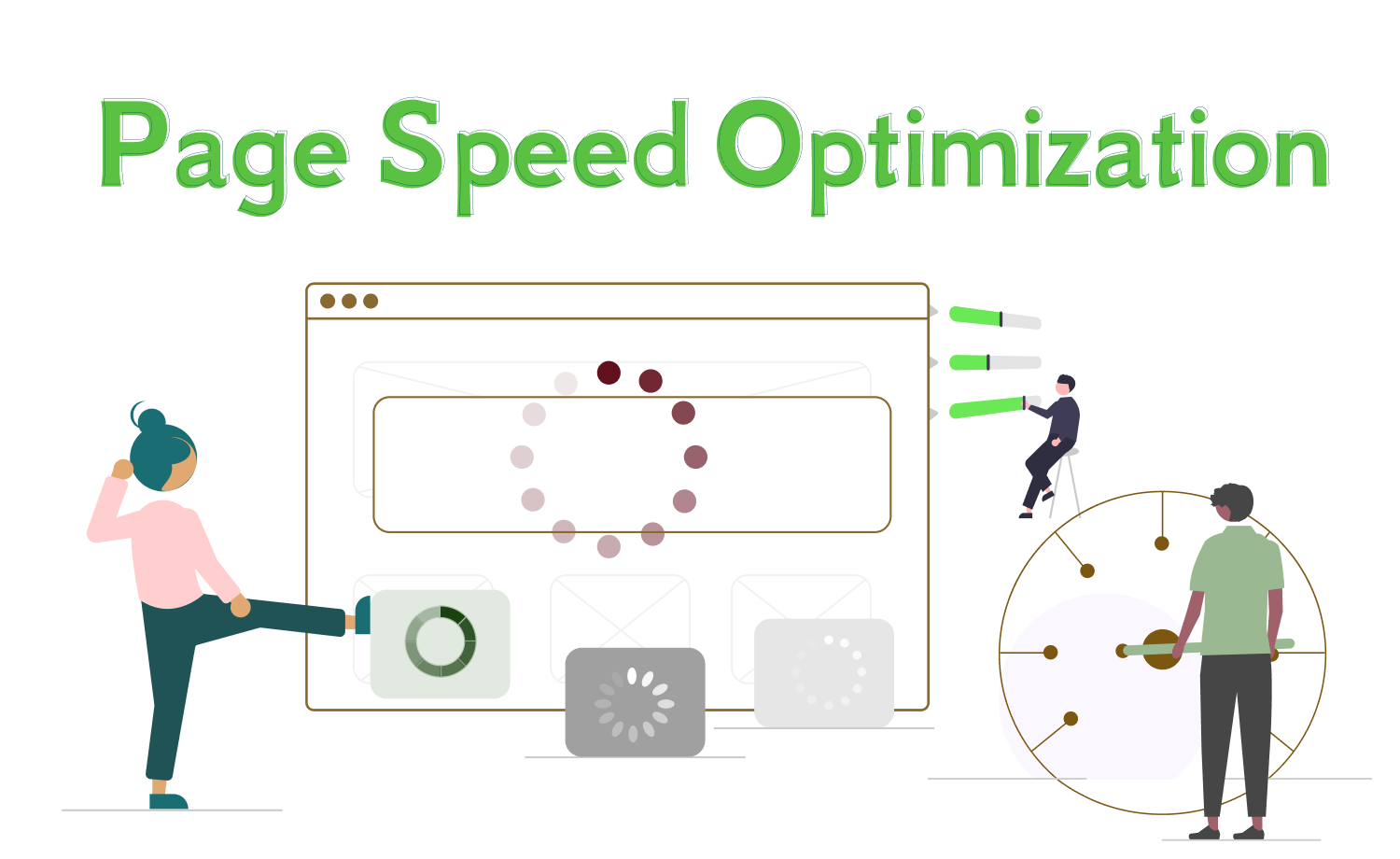
You can use different tools to take the page speed test and get page speed insights. The tools will grade your website and highlight the issues you need to fix. You can use CDN tools for content optimization on your page. CDN tools like Cloudflare work for the fast delivery of static and dynamic content, improving performance, reducing loading time and increasing cost-efficiency.
Also, there are content delivery networks (CDN) to get the contents of a website to circulate faster and dedicated tools to test page speed for clearer insights into what you need to improve and how you can do that. For your reference, we have enlisted some handy tools below:
- Google Could CDN: This CDN tool is reliable for many as it’s from Google. It helps with easy content delivery in a secure way.
- Clouflare: A CDN that determines the content flow and ensures fast delivery for static and dynamic content.
- RackSpace: It’s a multi-cloud solution provider and works in favor of faster page speed.
- Google PageSpeed Insights: Google PageSpeed Insights is literally a go-to tool for your analyzing and grading a page and helps get the issues marked.
- Pingdom Speed Test: This tool analyzes the loading speed and makes the site faster by identifying the latent issues.
- GTmetrix: This tool allows page testing around different countries, browsers, connection speeds, and more to get a cross-media analysis.
3. Web Performance Optimization
Web performance varies depending on the elements that make the website. It depends on the core web vitals that make a website run smoothly. Better core web vitals improve user engagement on the page and improves business metrics. This report shows URL performance grouped by status, metric type and URL group or group of similar web pages.

The report is made with actual user data, like the largest contentful paint (LCP), the First Input Delay(FID) and the Cumulative Layout Shift (CLS). LCP measures the amount of time to render the largest content element visible and is important as it tells the user that the URL is loading. FID measures the time between the first click on any page and the page’s response time towards that. CLS measures the sum total of all individual layout shift scores for every unexpected layout shift.
If a URL lacks enough data for any of the metrics, the URL group’s status will be its most poorly performing metric. If a URL lacks the minimum amount of data for any metric, that will likely be omitted.
You can find out what needs to be changed for the process first, then start working on it. Since the performance cost of animating a CSS property varies, expensive properties can bar the speed. Also, optimizing critical render paths improves render performance, resulting in better web performance.
4. Conversion Rate Optimization
Optimization begins by identifying the goals for any page or website. Once you have established the conversion metrics, it’s time to identify the part of your conversion funnel you want to optimize.
You can start from the part you get most of the traffic or conversion generation. Focusing on these pages lets you drive in more traffic and gets you more buyers. Another potential focus point can be the highest-value pages or underperforming pages. Optimizing this way will get you an immediate result.
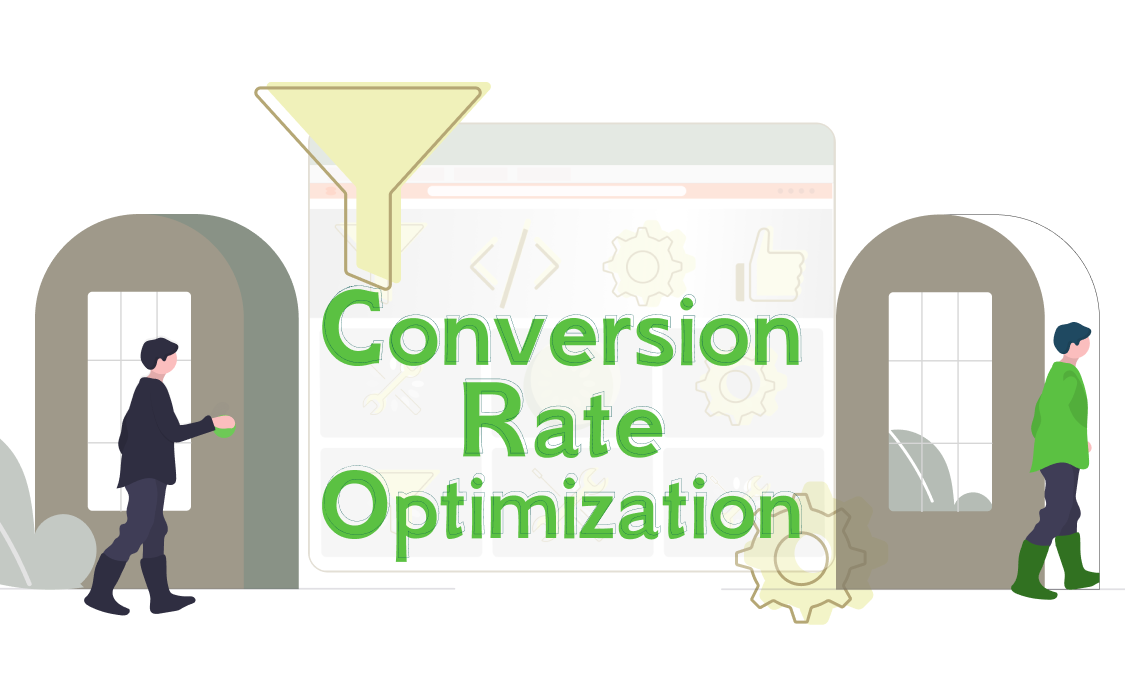
Moreover, after you identify what needs to be improved, you can opt for A/B testing as the best way to put your potential solutions through it to reap the best gain. You can test two potential solutions through this test and check for a statistically significant difference in the results. Also, doing a multi-variant test can be a good idea for you. You’ll be able to select the best solution based on the outcome of your website and make it convert more.
There are A/B testing tools that can help you check the prototype solutions and get you the best results available. Some of the tools are listed below:
- Google Optimize: This tool assists you in getting a rich solution through A/B testing, website testing & personalization tools for small businesses to help create engaging customer experiences.
- Convert: This tool is used by agencies and ecommerce companies focusing on conversion rate optimization through A/B testing
- VWO: This tool helps in experimentation and conversion rate optimization for fast-growing companies.
- Kameleoon: This tool helps increase engagement and boost conversions through overall multi-variant split testing.
5. Mobile Optimization
For a while now, it’s been stated that the most traffic on any given page is created from mobile users. In fact, 50% of it comes from mobile phones [ref]. So if you are going to get a website, make sure to develop a mobile-first web design. Regardless, many owners still do not understand how optimizing one’s website can boost conversion rate and grow sales since 46% of consumers prefer to complete their purchase process on mobile [ref].
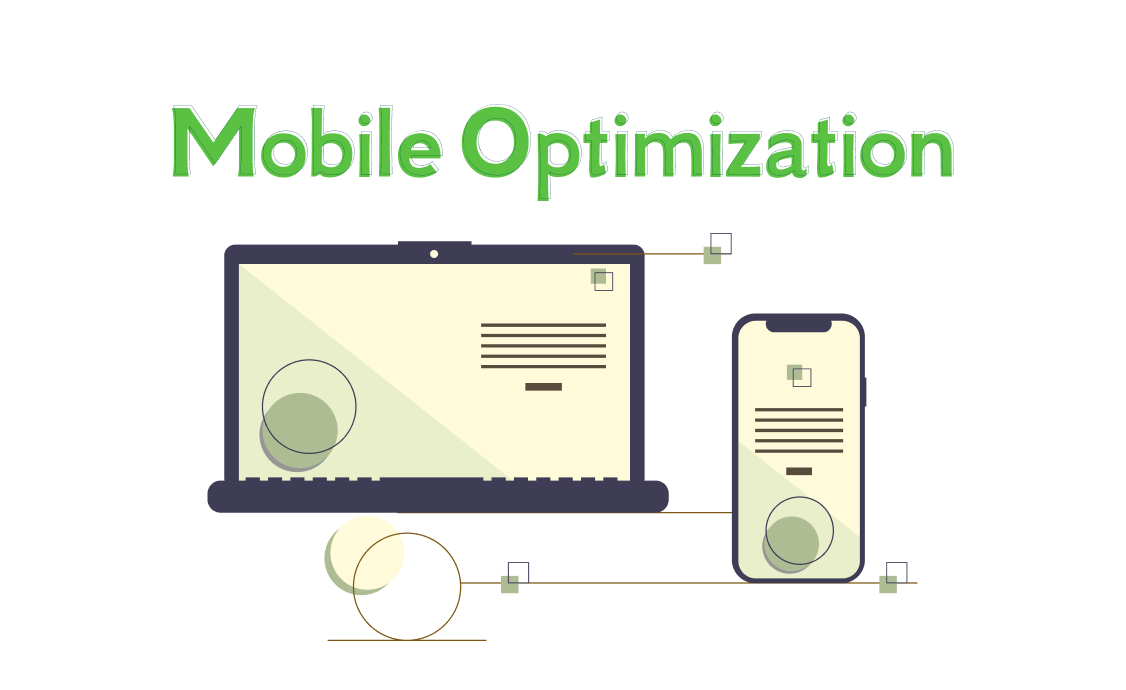
If you really want to thrive your online business, you should make a mobile-first design for your website to compete with your competitors, or you’ll lose 40% of your customers to your competitors. [ref]
6. Optimizing for Accessibility
Web accessibility ensures all users can perceive, understand, navigate and interact with a website and encompasses the disabilities that may affect how a user experiences the website. A humanized website benefits users with temporary impairments, including auditory, visual, physical, cognitive and neurological features.
It’s crucial for websites as it helps users with easy navigation, improves the experience, and finds the desired information within a short time.
Web accessibility relies on several components like web content, user agents, authoring tools etc. However, these components rely on one another. There are four approaches you can attempt to transform your website for better accessibility. According to the WCAG Standard, the areas are as follows in brief:
Perceivable information and user interface
- Text alternatives for non-text content: Text alternatives convey the purpose of an image or function to provide a similar experience.
- Captions and other alternatives for multimedia: These well-written transcripts are used to provide a basic level of accessibility to people with auditory and/or visual imparity.
- Content can be presented in different ways: This requires the contents be able to be read aloud correctly, enlarged or edited in a way that meets the needs of different people.
- Content is easier to see and hear: This feature will help separate foreground and background, making all necessary information more distinguishable.
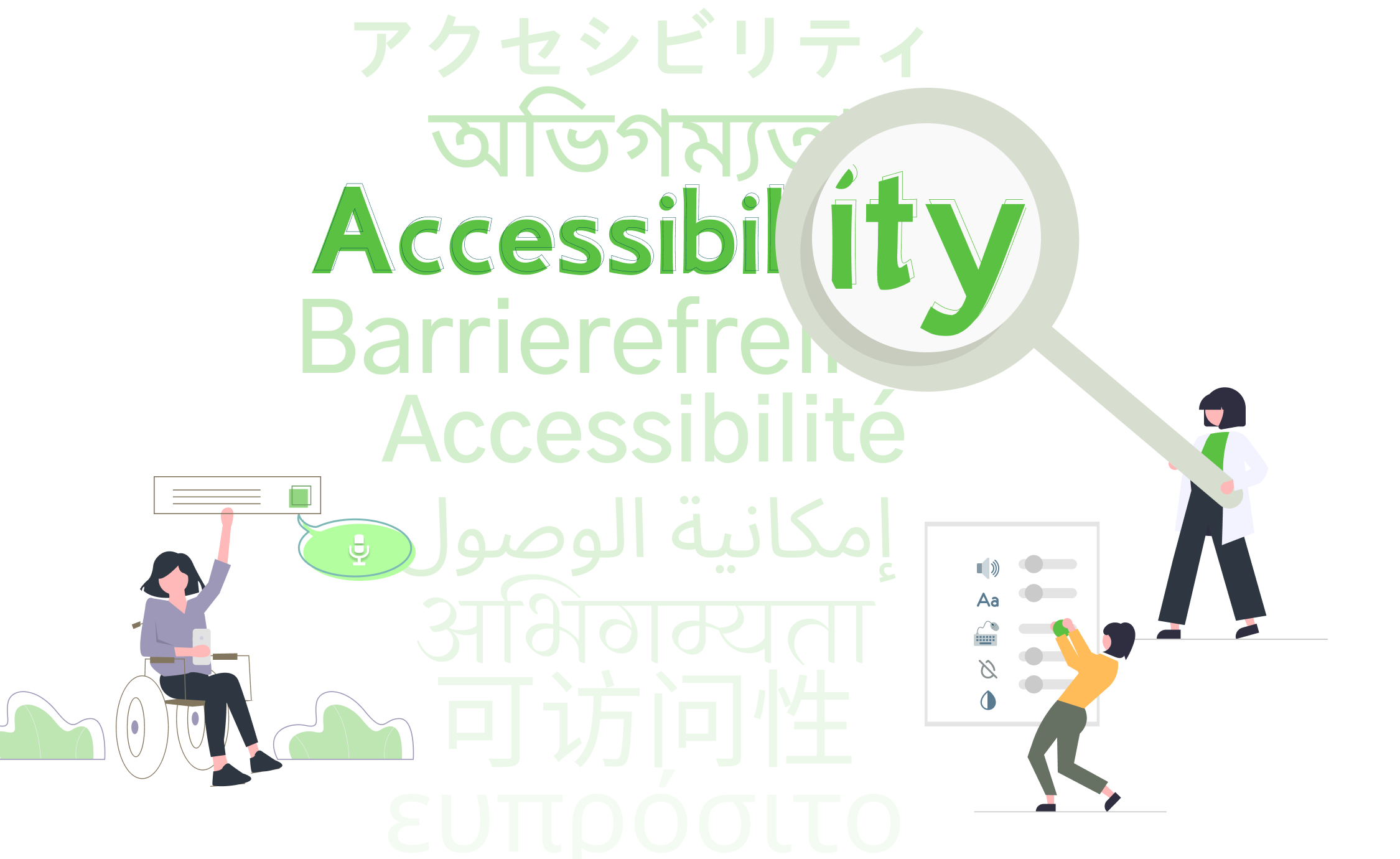
Operable user interface and navigation
- Functionality is available from a keyboard: First, as many people prefer a keyboard to a mouse, the site should be accessible for those relying on keyboards.
- Users have enough time to read and use the content: Secondly, the content should be optimized so that the users get enough time to type texts, follow instructions, and/or otherwise complete website tasks.
- Content does not cause seizures and physical reactions: However, content should be placed so no user would be subject to potential risks of seeing unwanted flashy or animated content.
- Users can easily navigate, find content, and determine where they are: Well-organized content helps users navigate through webpages differently depending on their particular needs and preferences.
- Users can use different input modalities beyond keyboards: These input modalities are voice recognition, gestures and touch activation and are used to make a website more accessible to people with less tech knowledge.
Understandable information and user interface
- Text is readable and understandable: This process requires the content authors to ensure that text content is comprehensible to the broadest audience possible.
- Content appears and operates in predictable ways: People rely on predictable UIs for comfortable browsing; hence, using predictable features can boost the conversion rate.
- Users are helped to avoid and correct mistakes: Interactive UIs can confuse many people and should be made easy with descriptive instructions to avoid repetitive mistakes.
Robust content and reliable interpretation
- Content is compatible with current and future user tools: Content should be compatible with current and future user agents to maximize the capacity and enable assistive technologies to process it reliably.
Tools for Website Optimization
There are many website optimization tools to get better insights that work on a wider range starting from SEO, CRO, content optimization and other aspects of website optimization. The basic web optimization tools fall into six categories, below is the list according to their respective categories.
1. Page Speed Optimization Tools
These tools will help you get the necessary insights into your site’s page speed and help you engage more visitors with needed directions to work on if you have any issues with your page speed.
You can speed up your WordPress sites with these popular optimization plugins:
2. SEO Tools
These tools help you get insights on what you need to rank higher on Google or other search engines so that you can reach out to more users while helping you audit your overall site health.
And then, if you’re using WordPress, you can optimize your website with these popular SEO plugins:
3. UX optimization tools
Better UX means happy visitors and potential buyers. It’ll help reduce friction on your site and lead to better conversions and increased volume. The tools to use are:
4. CRO tools
Conversion rate optimization should be done right to boost the conversion rate. To get some help doing this, you can opt for the following tools:
5. Mobile optimization tools
As the number of mobile web browsers is increasing every day, optimizing your site for mobile is a must, and you can get help from the following tools:
6. Accessibility tools
Finally, You can make your site very user-friendly with the following tools, boost your conversion rate, and thrive your growth. The tools used for accessibility optimization are:
Optimizing your website is the key to better and boosted conversion and enhanced growth. As your brand is who you are, your website should uphold what you stand for and what you are. Implementing some easy and simple techniques allows you to thrive on your branding and get a solid identity online. You can give search engines what they like and rank higher than your competitors. So, if you’re a business owner, check for the best tactics to do it, and find the best tools enlisted here.
